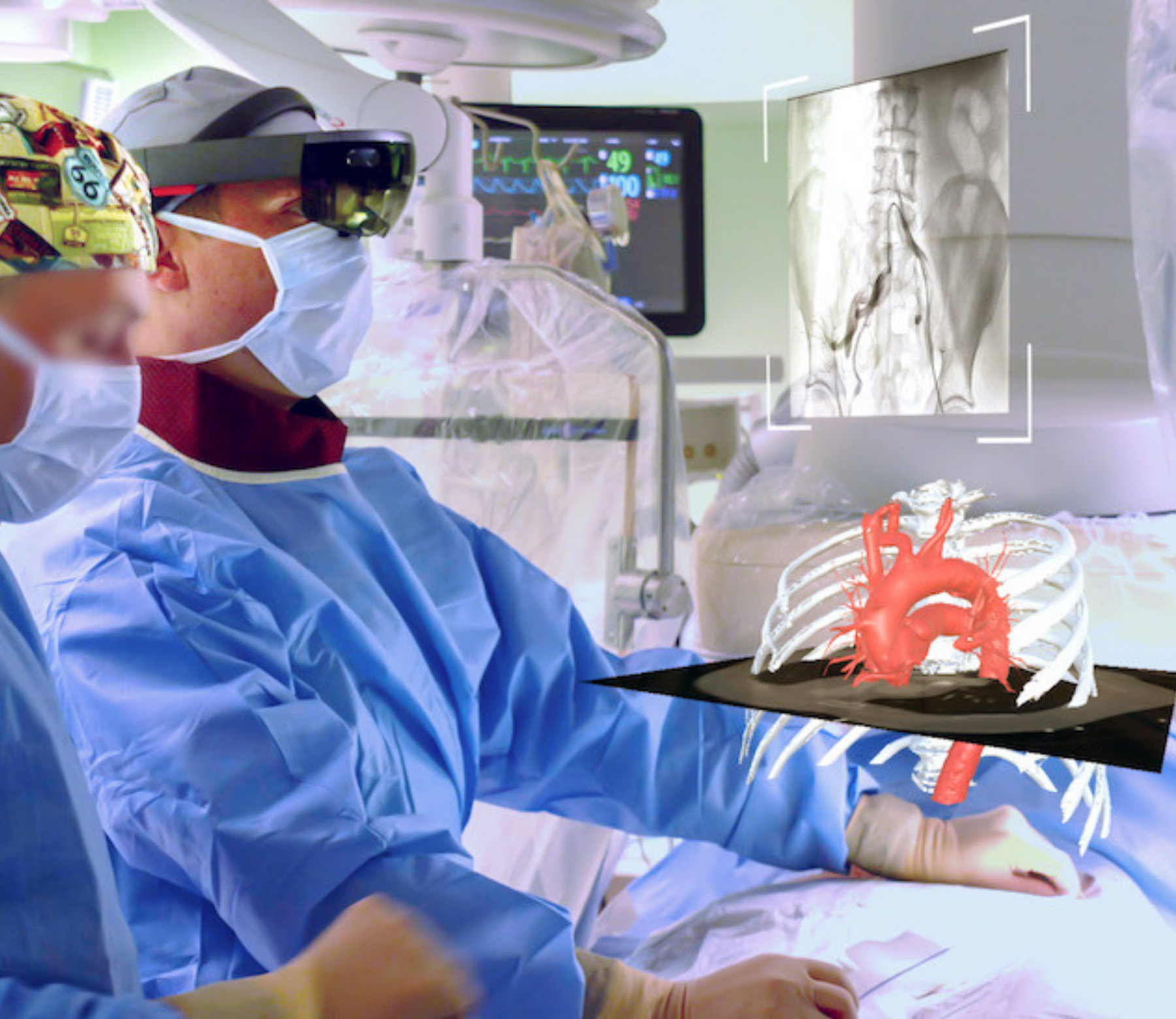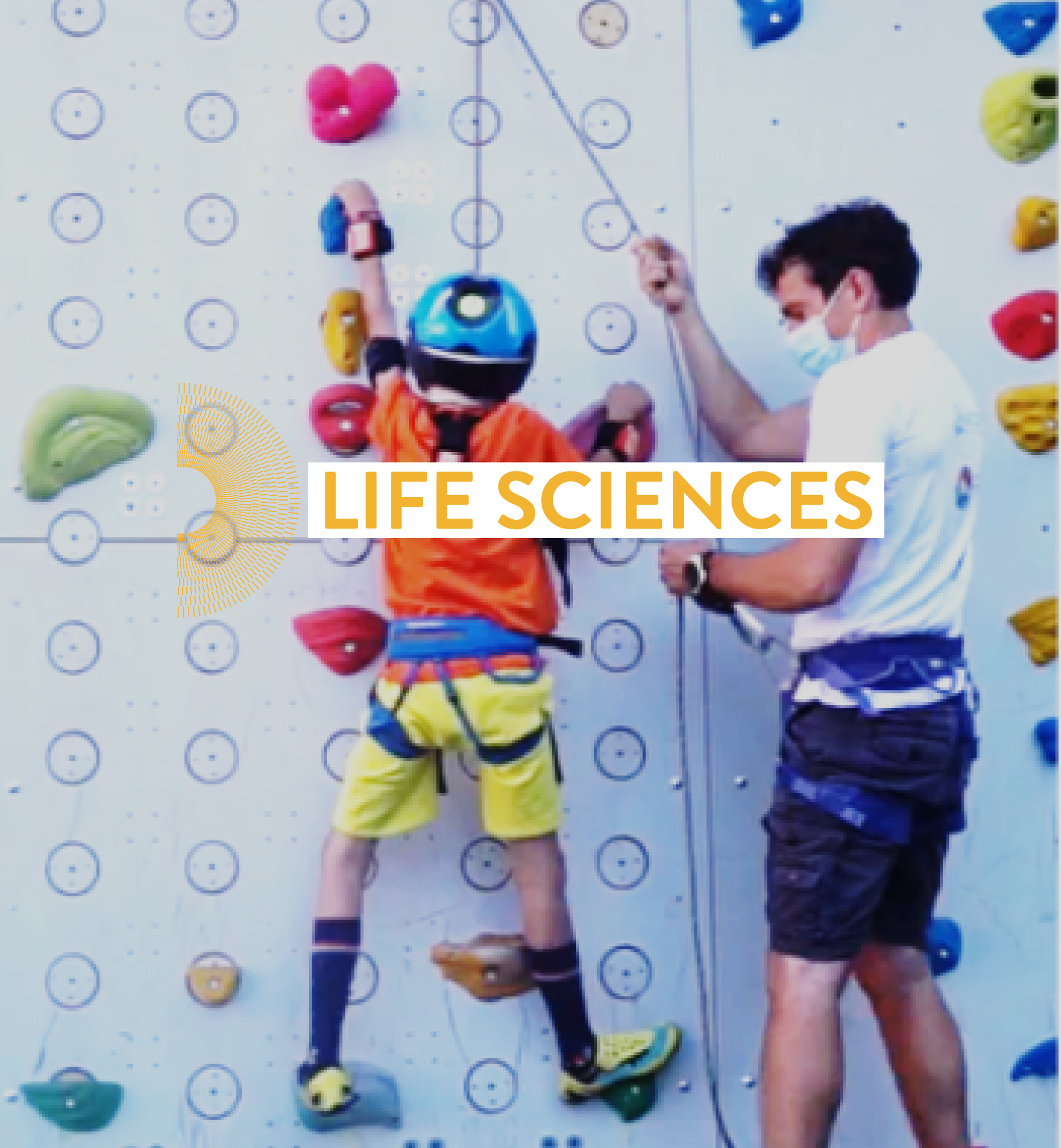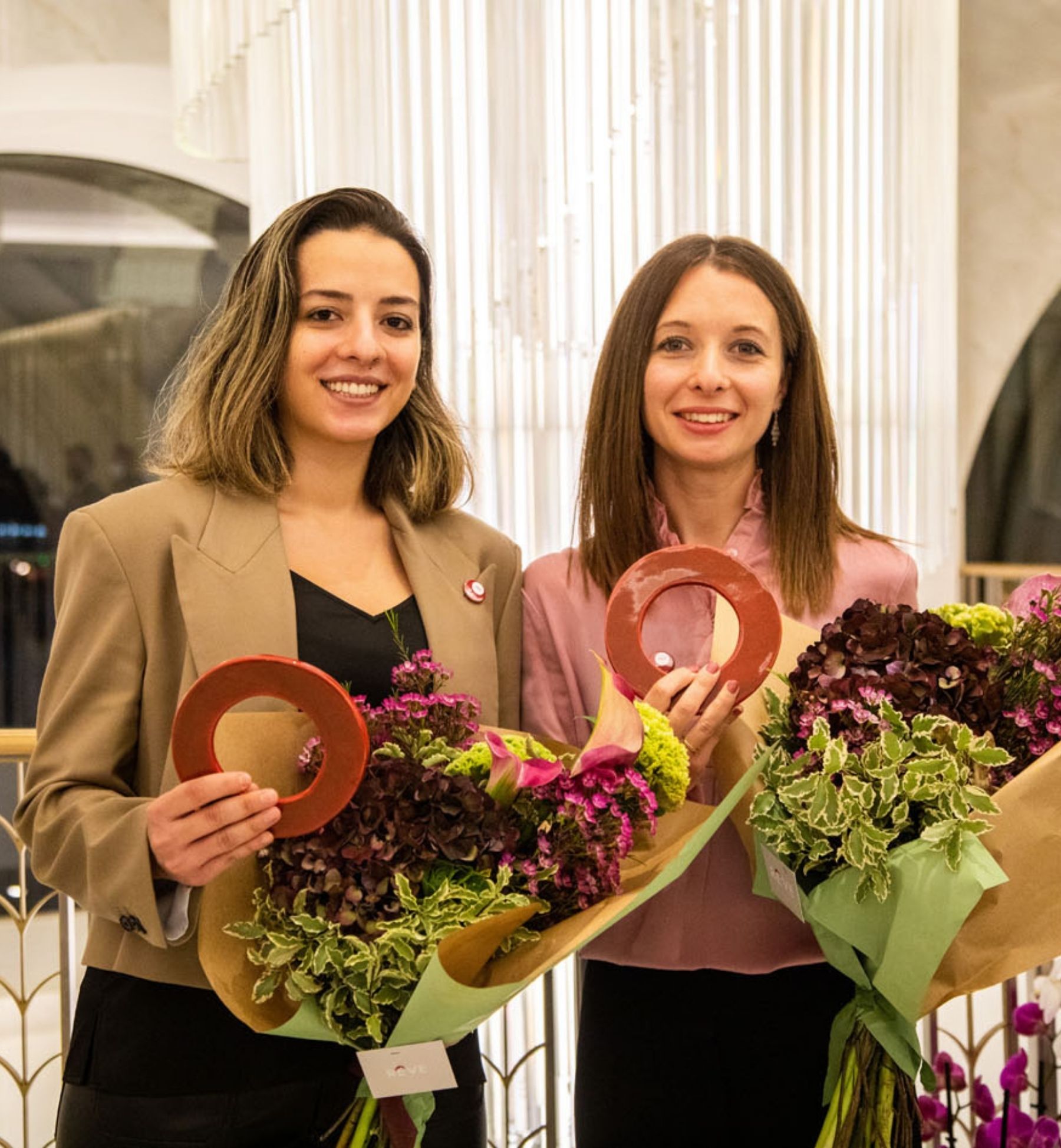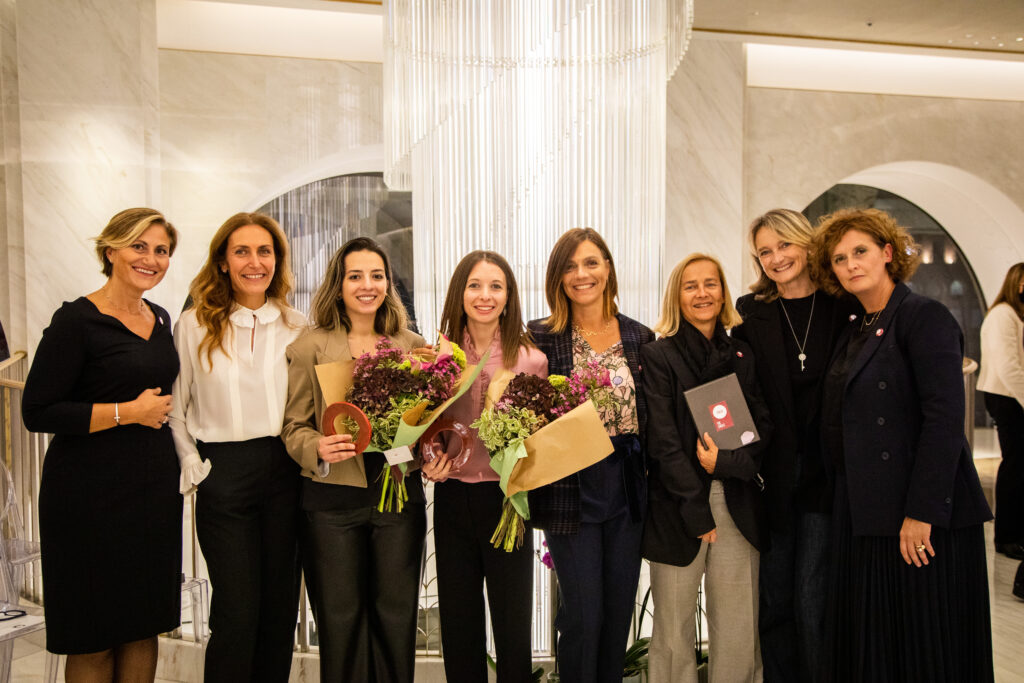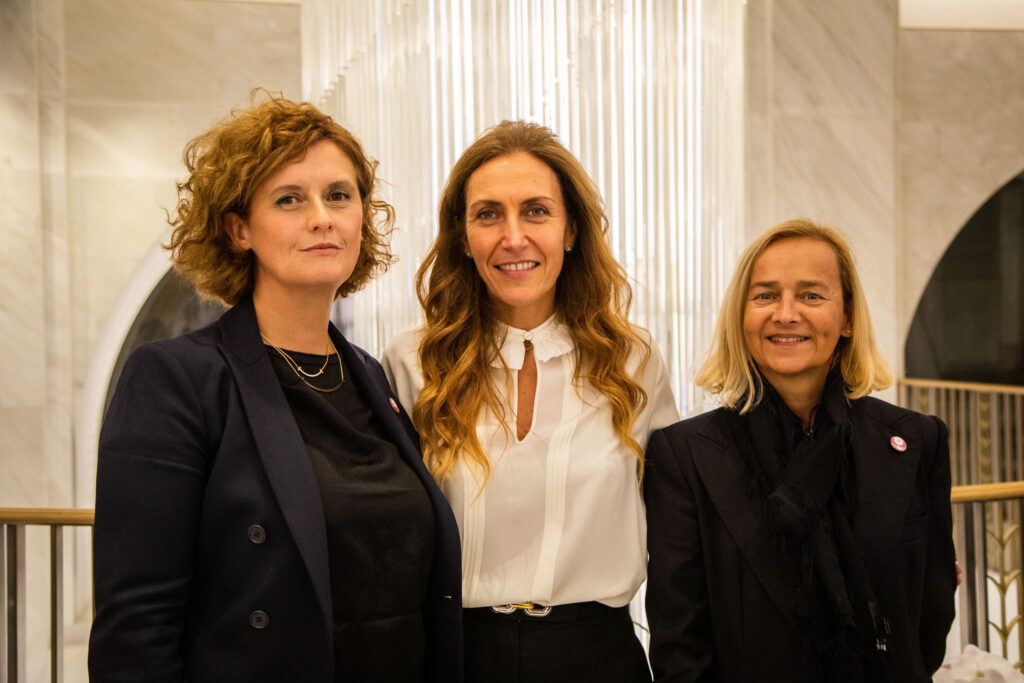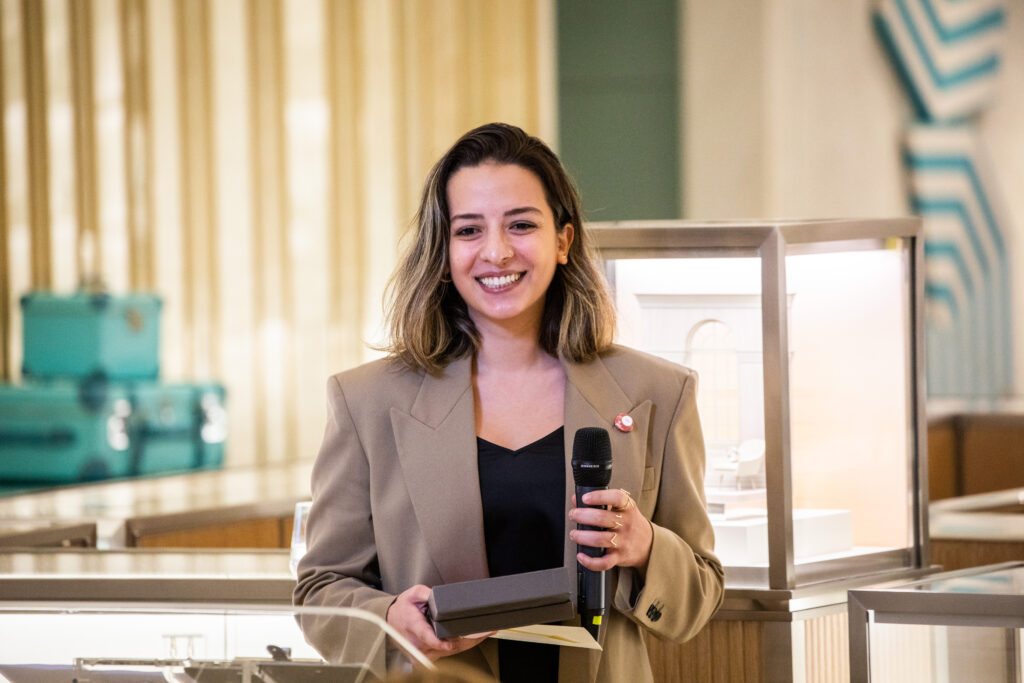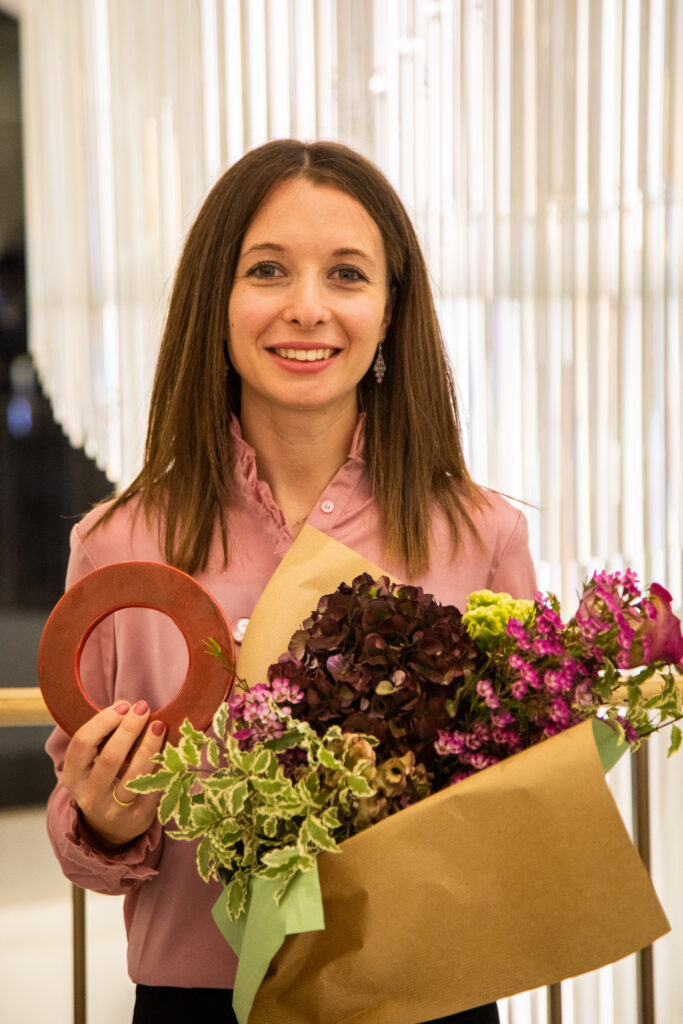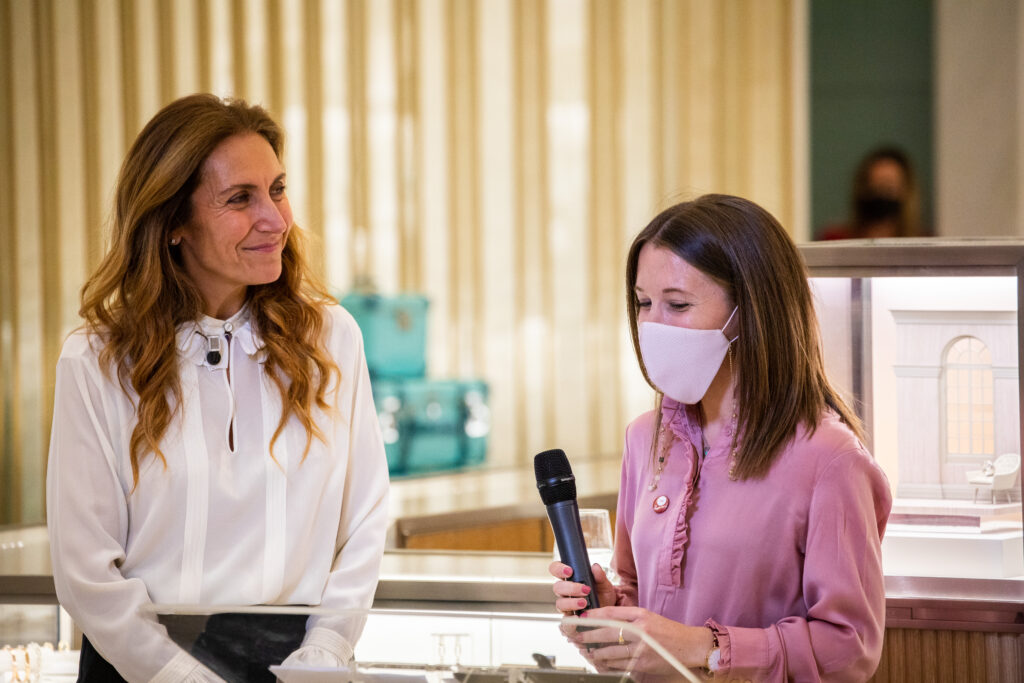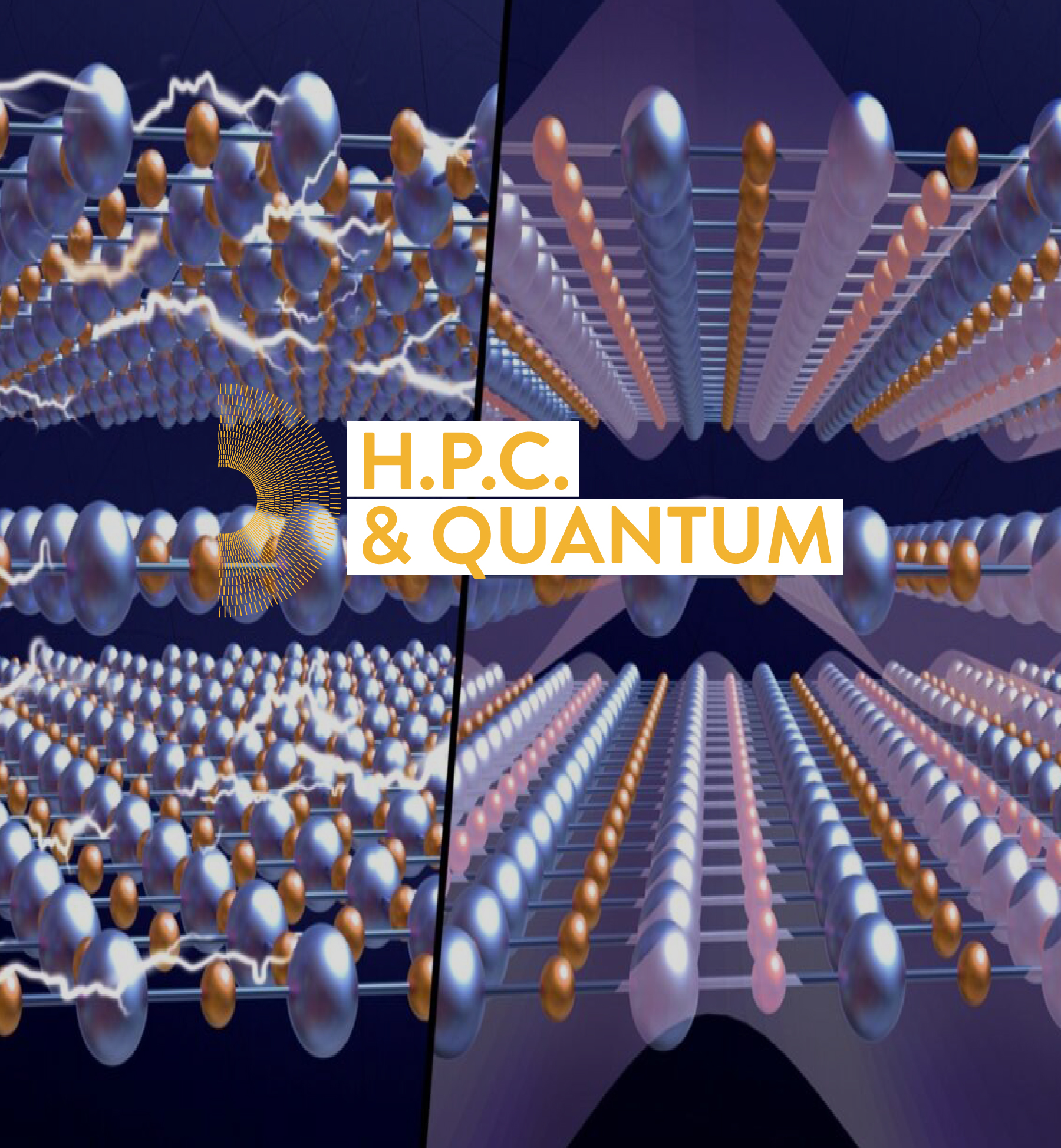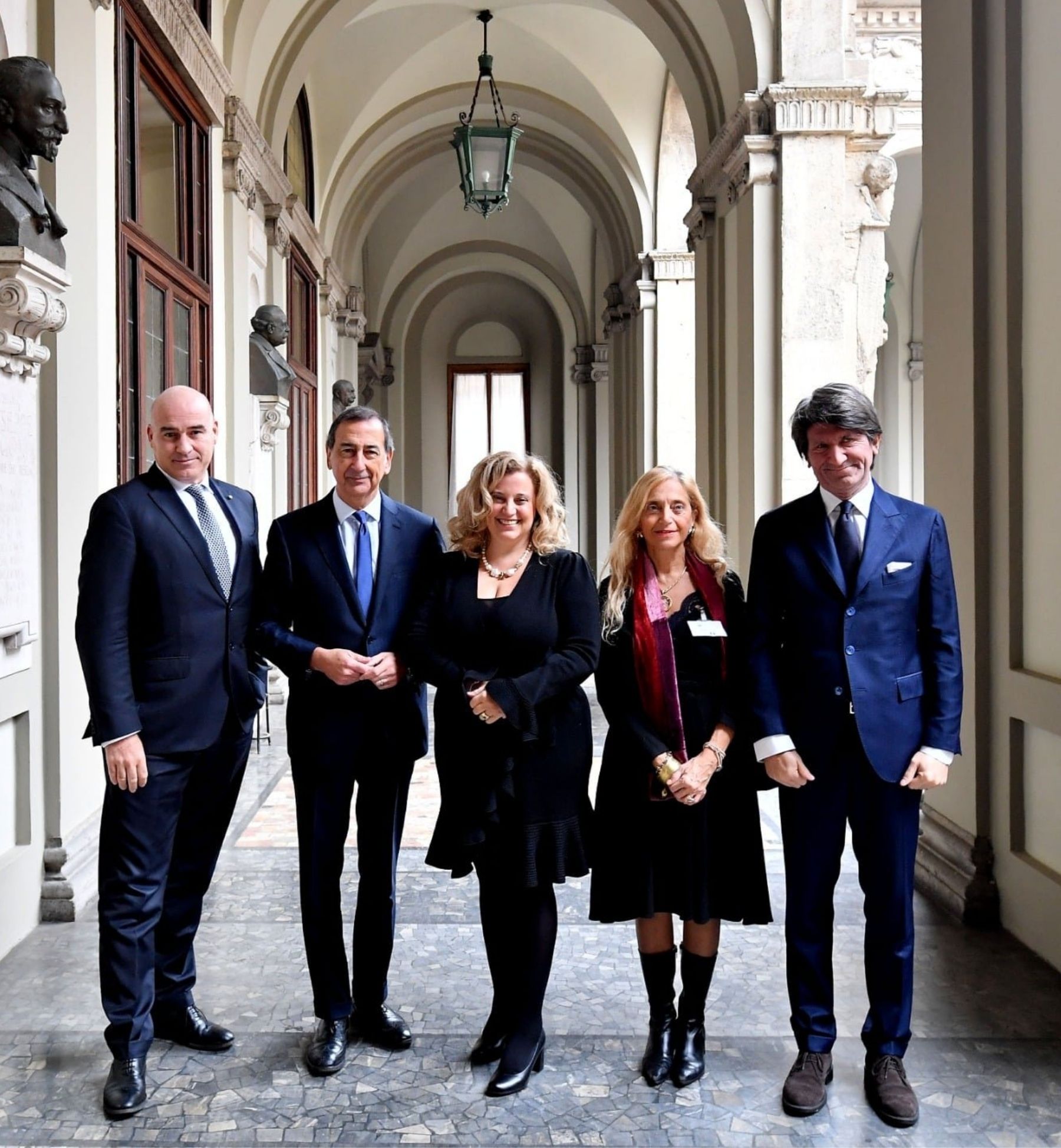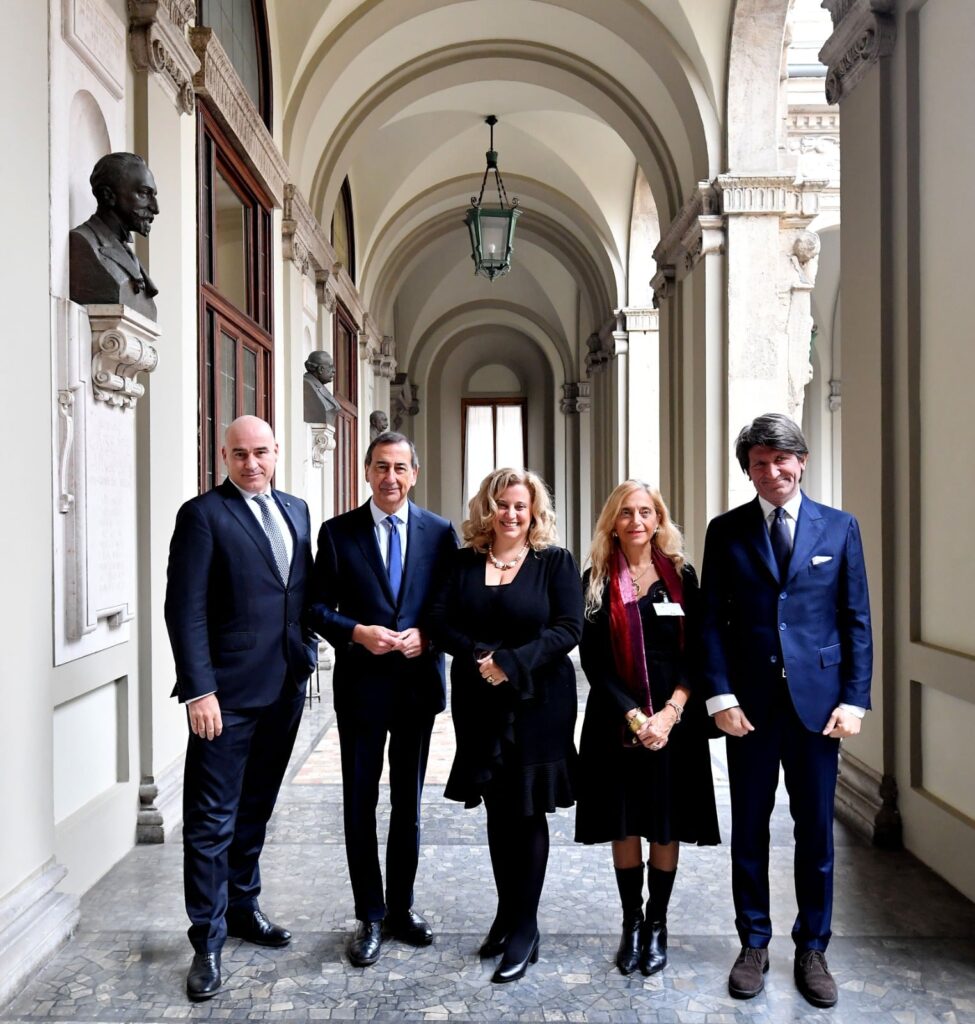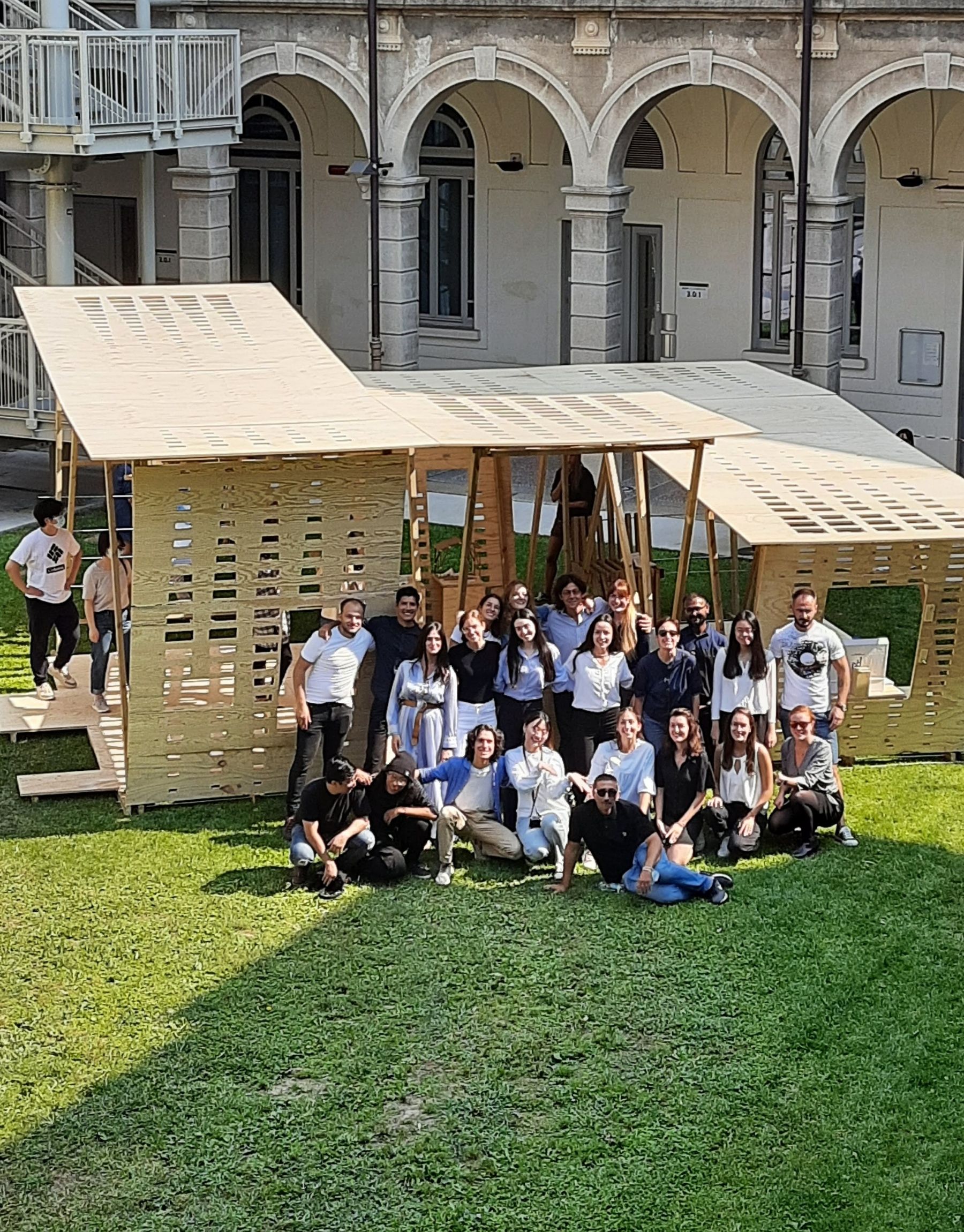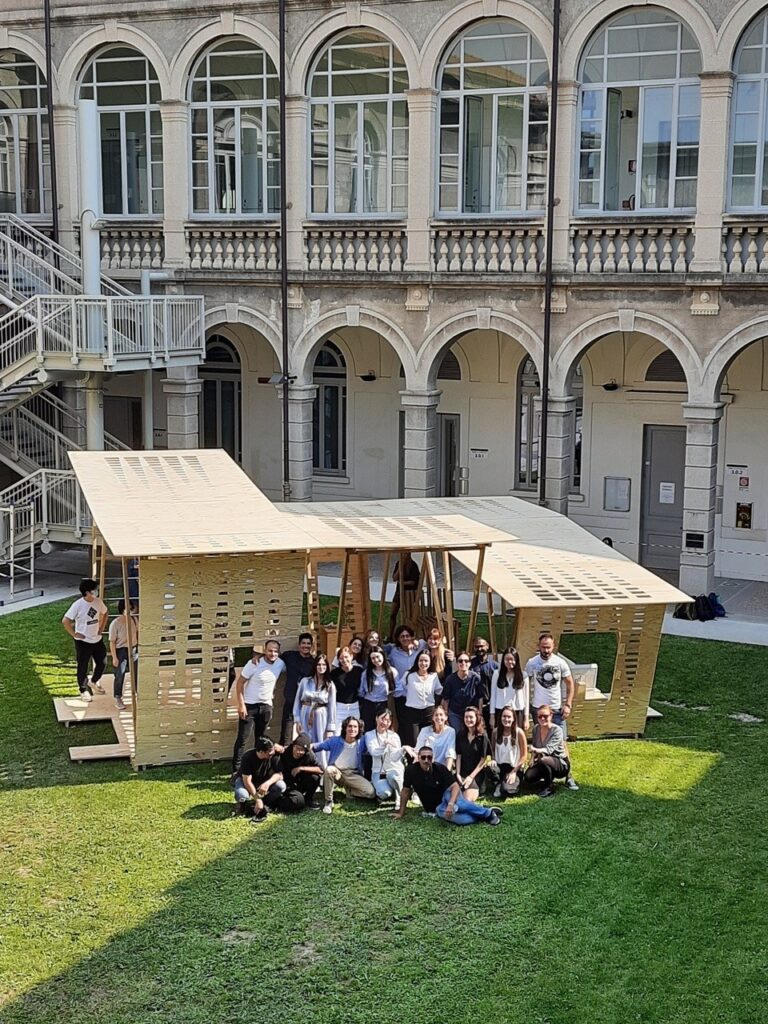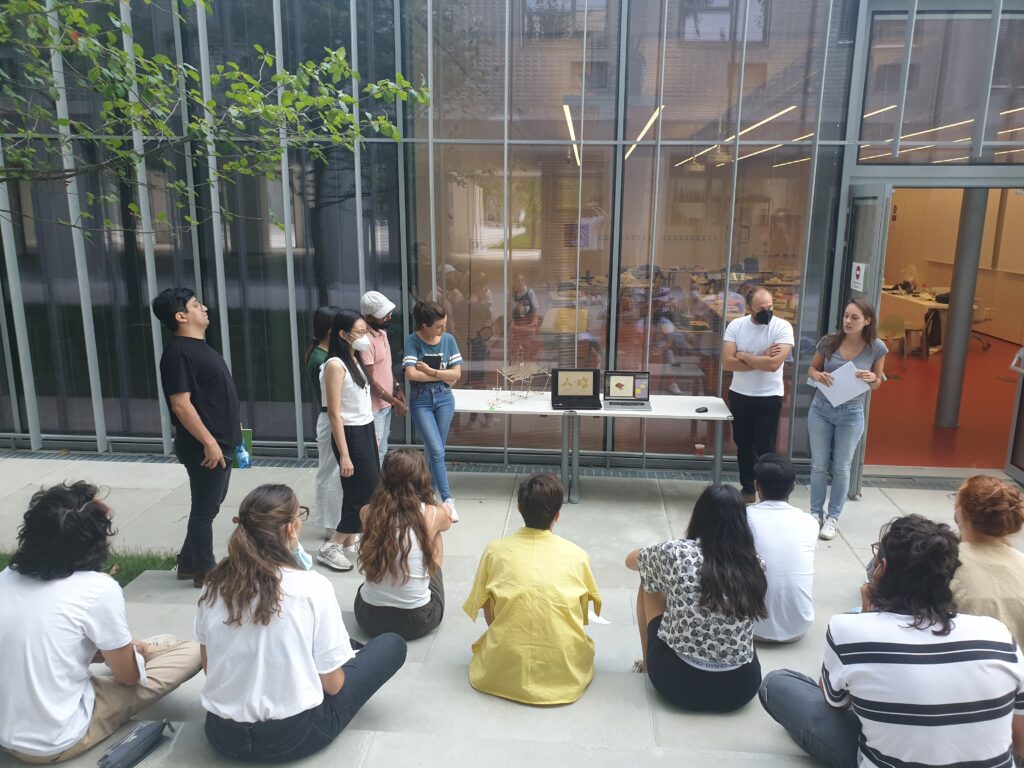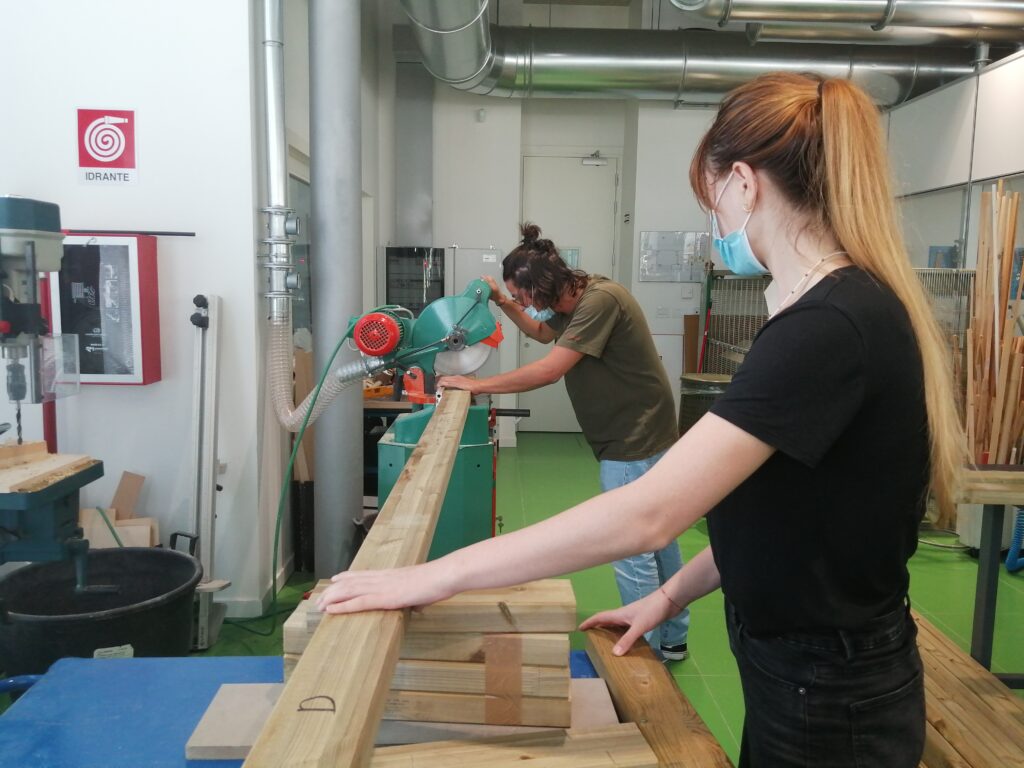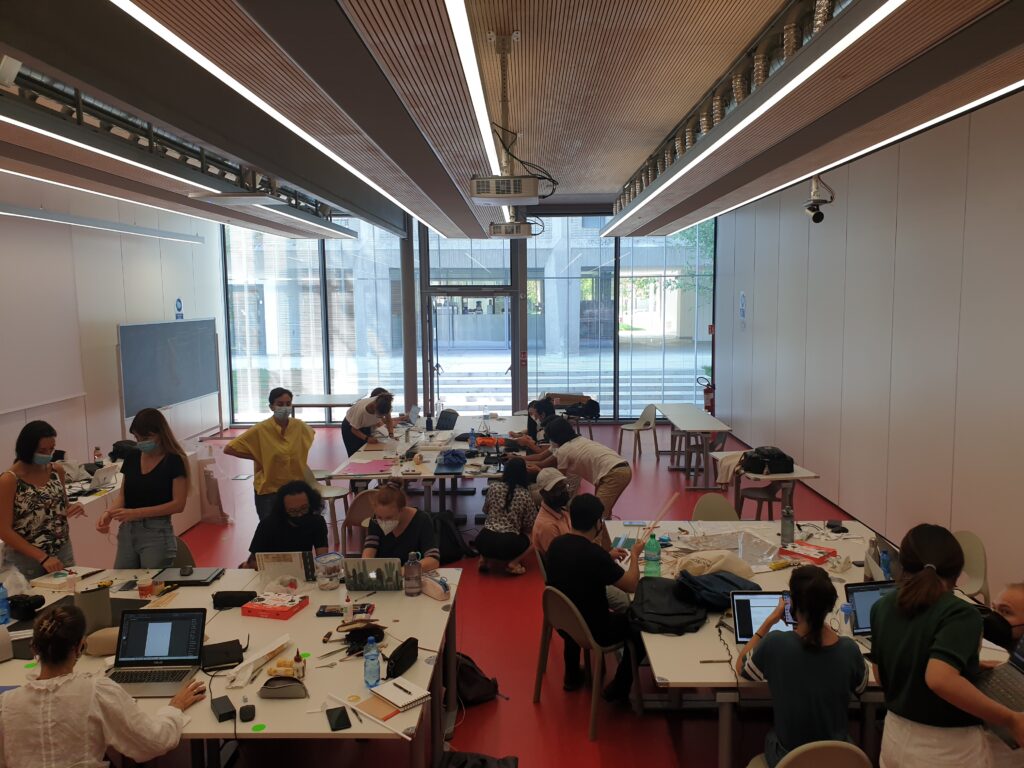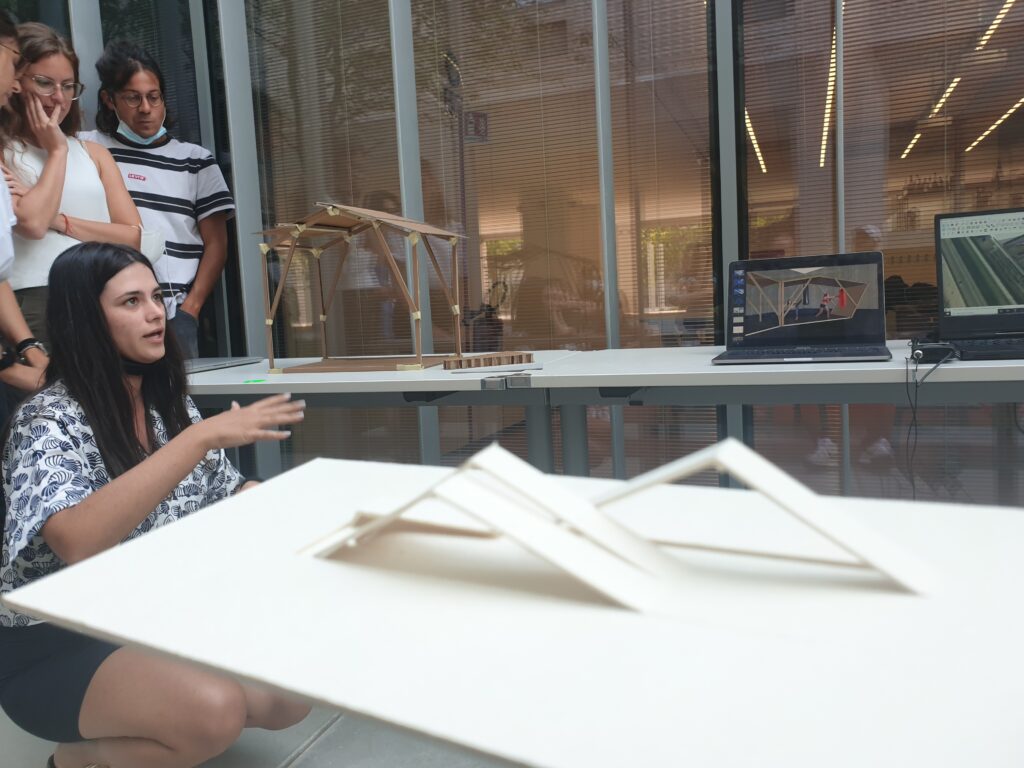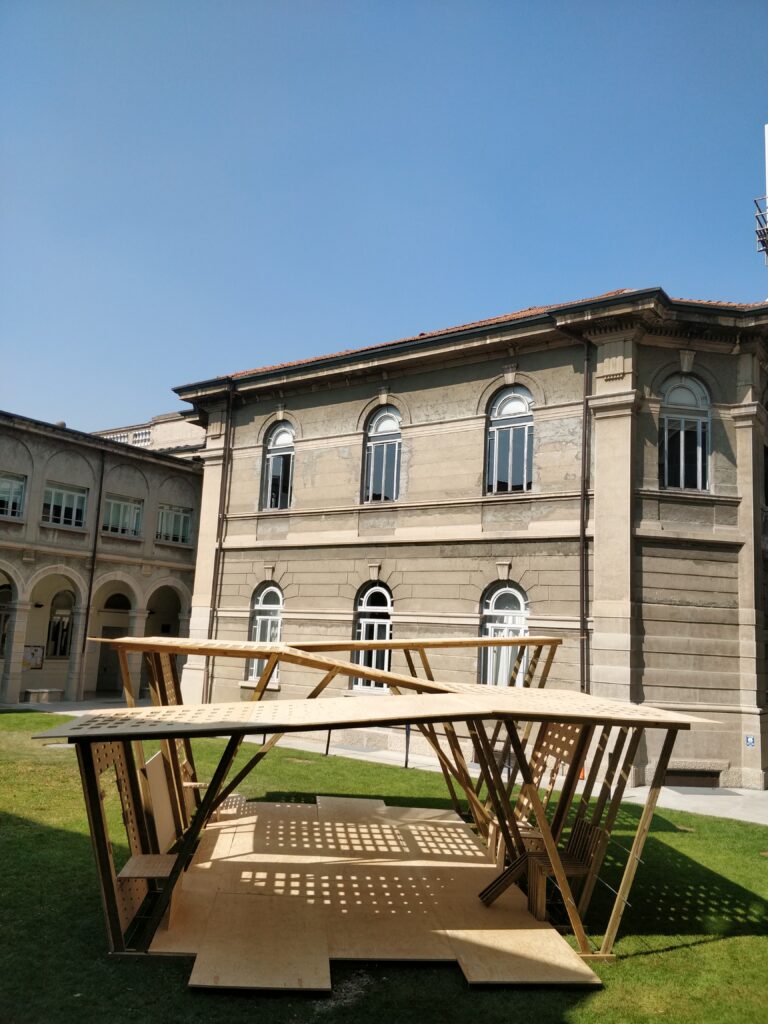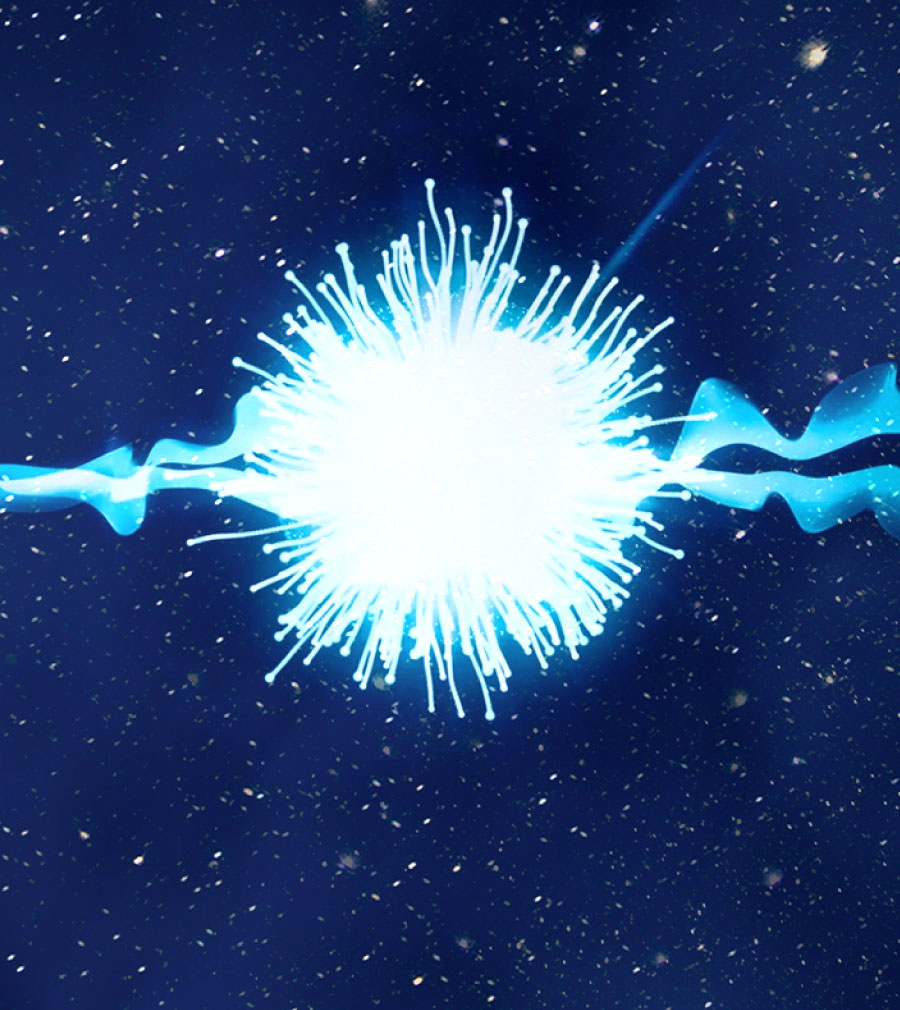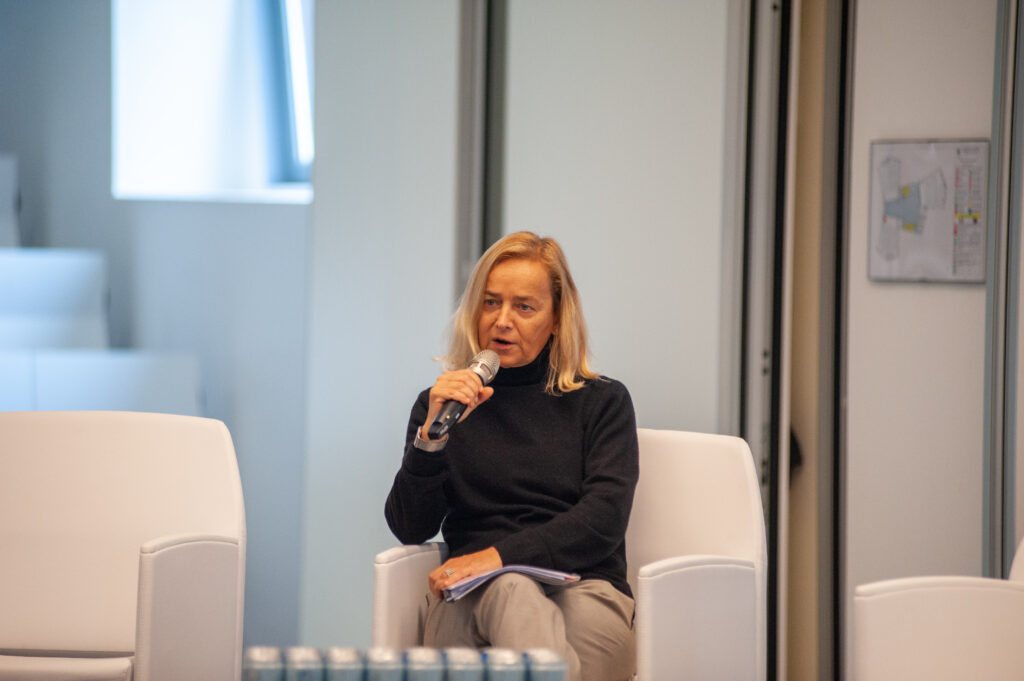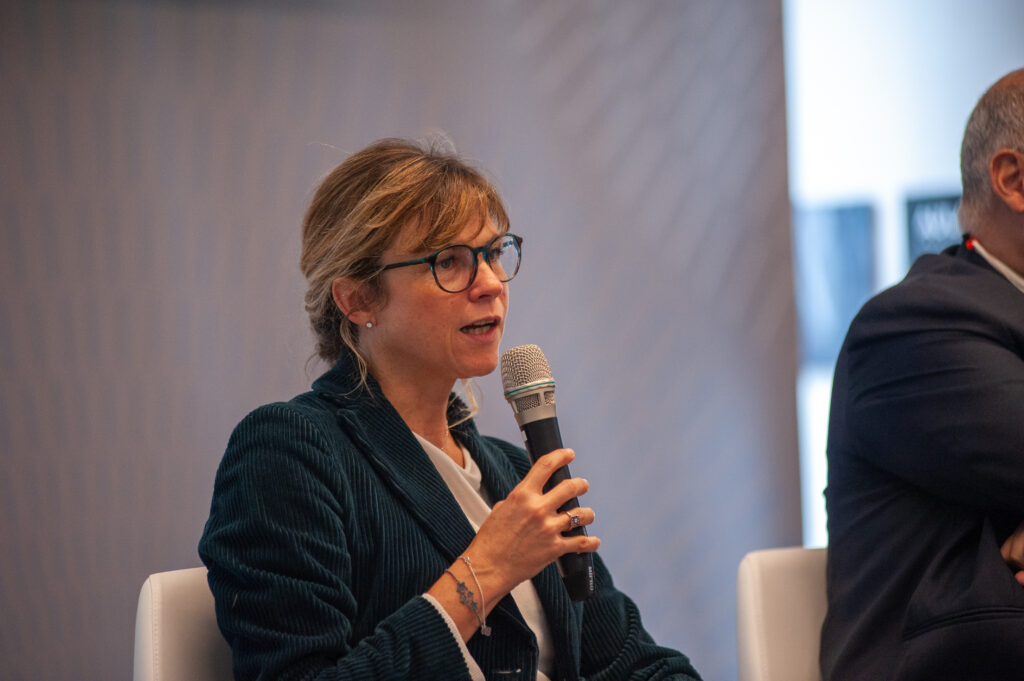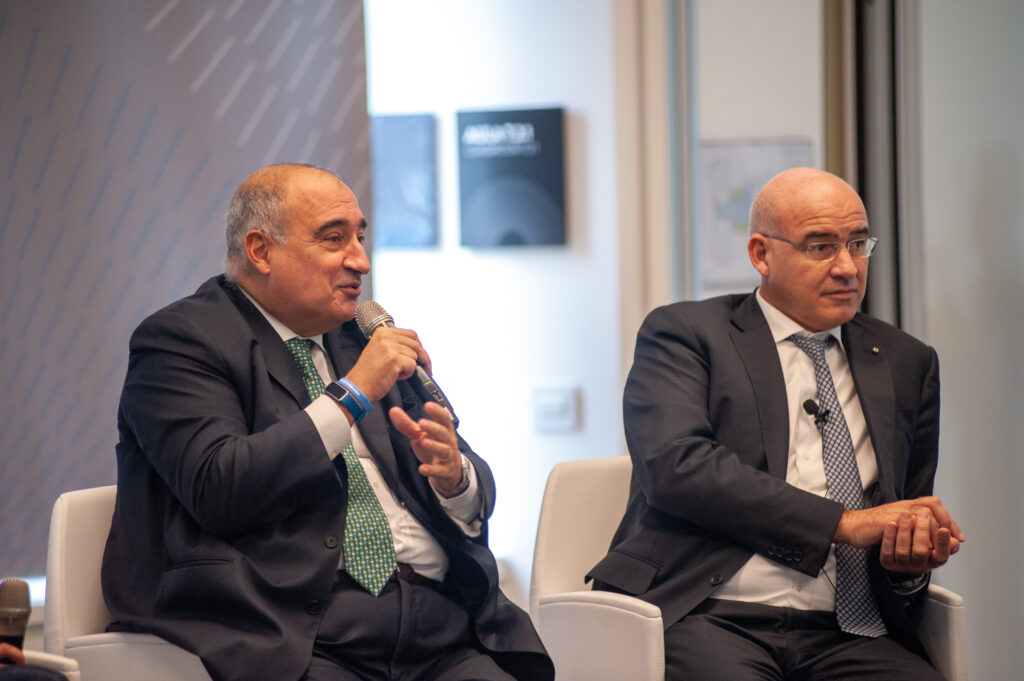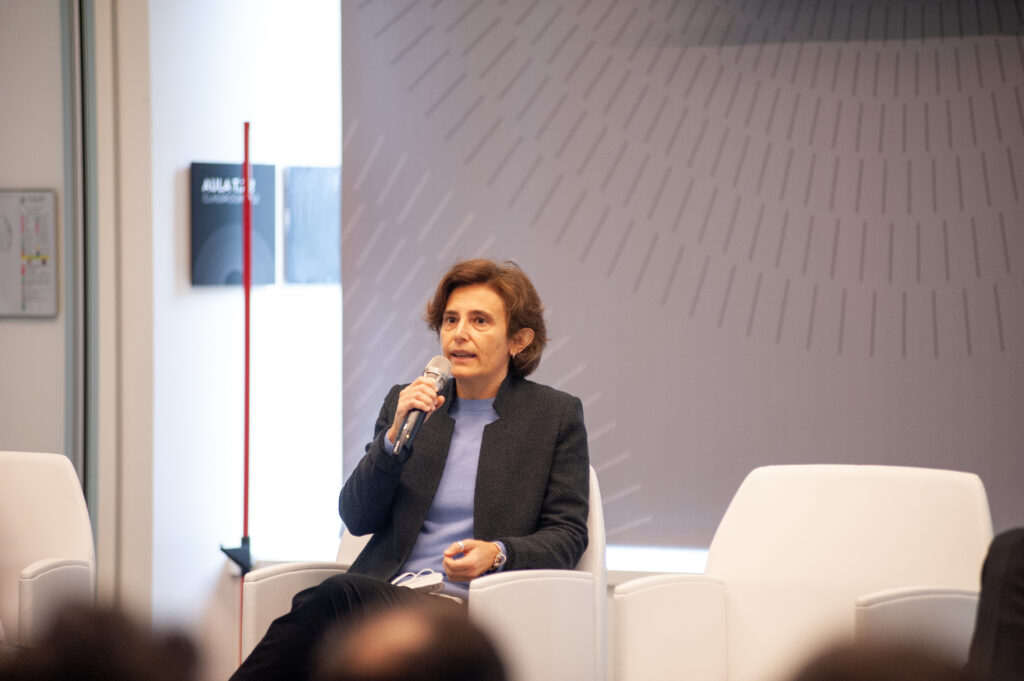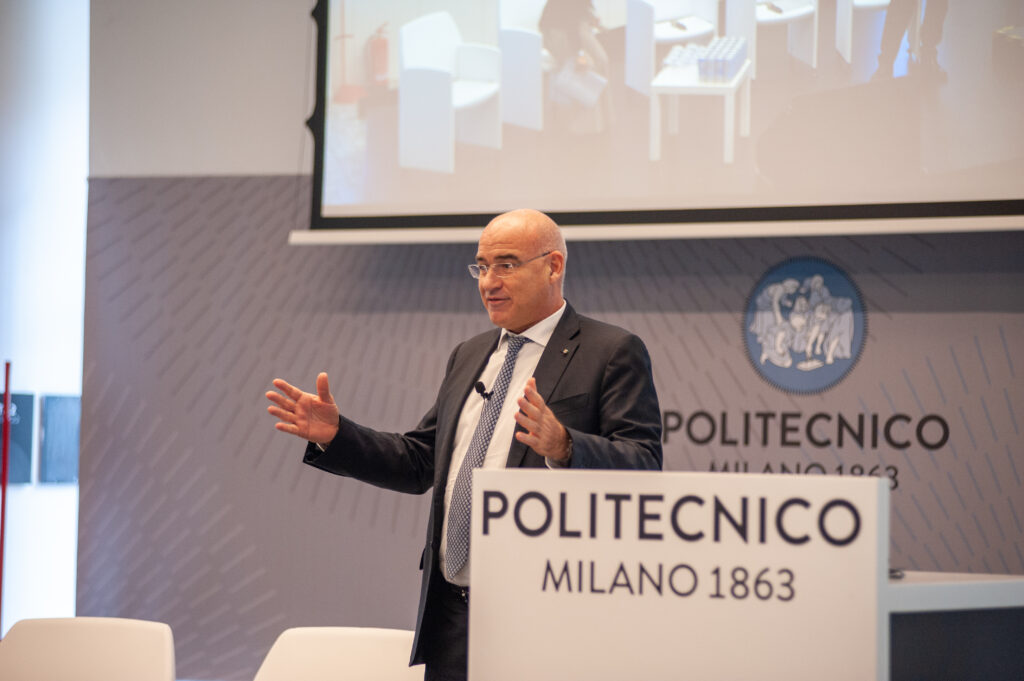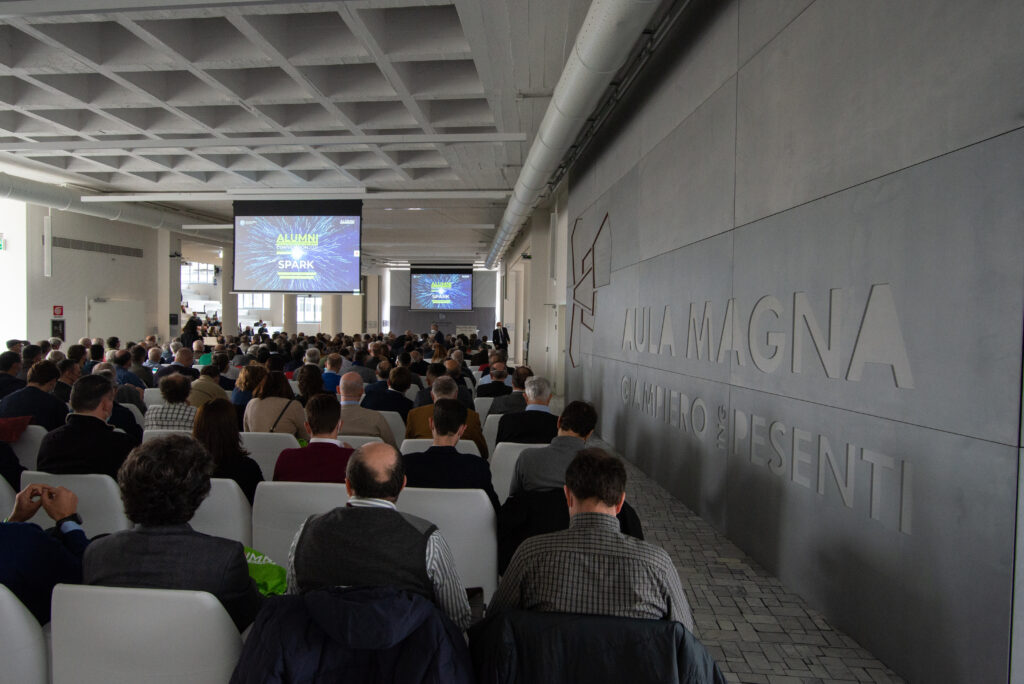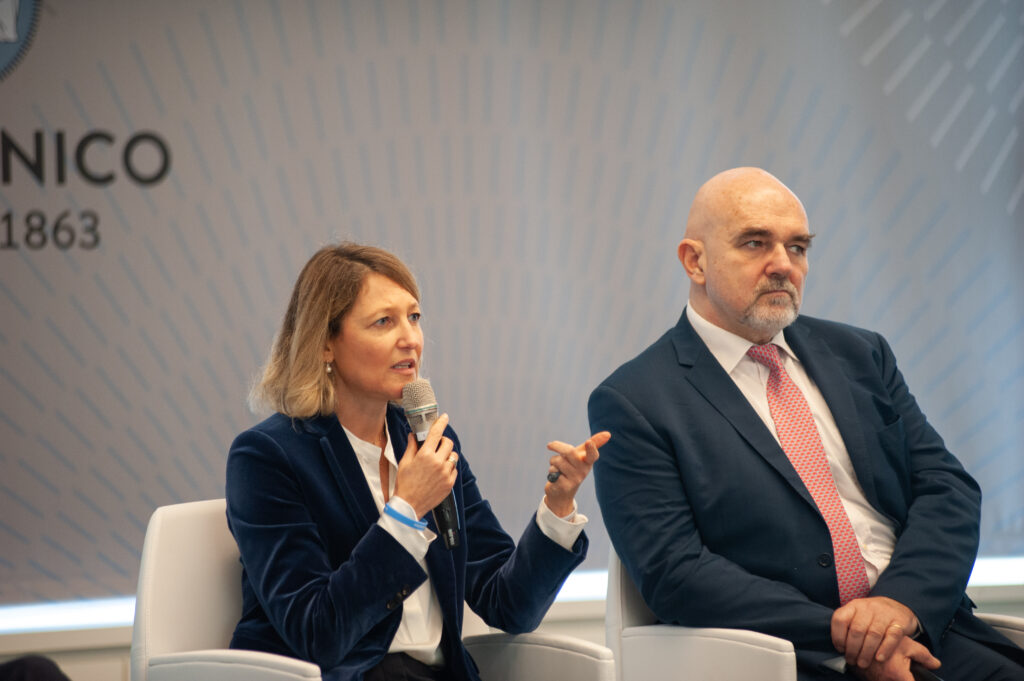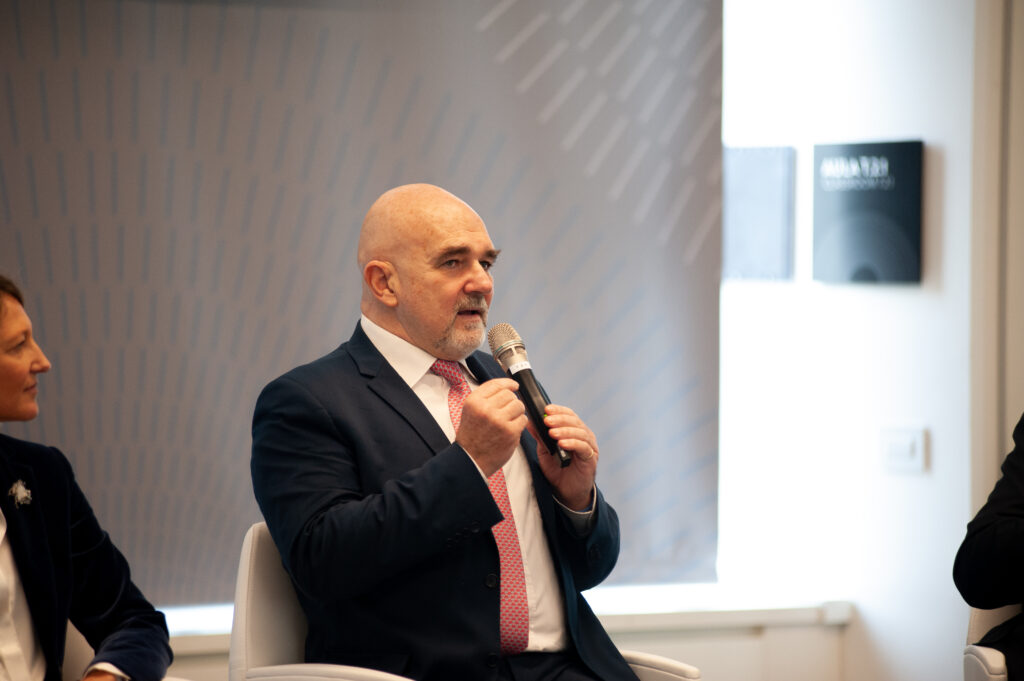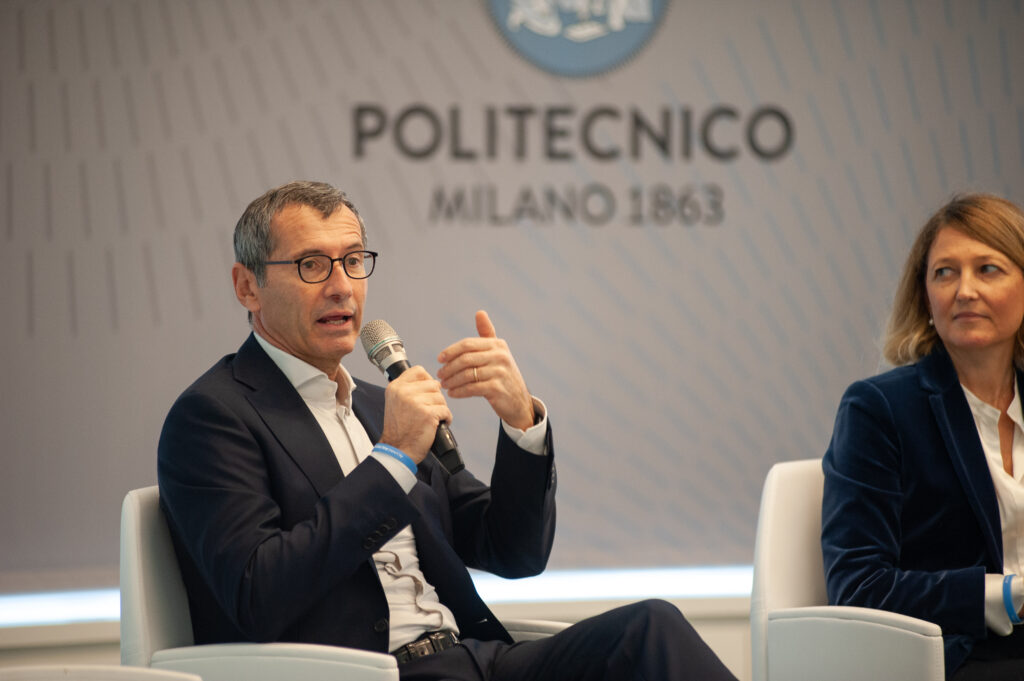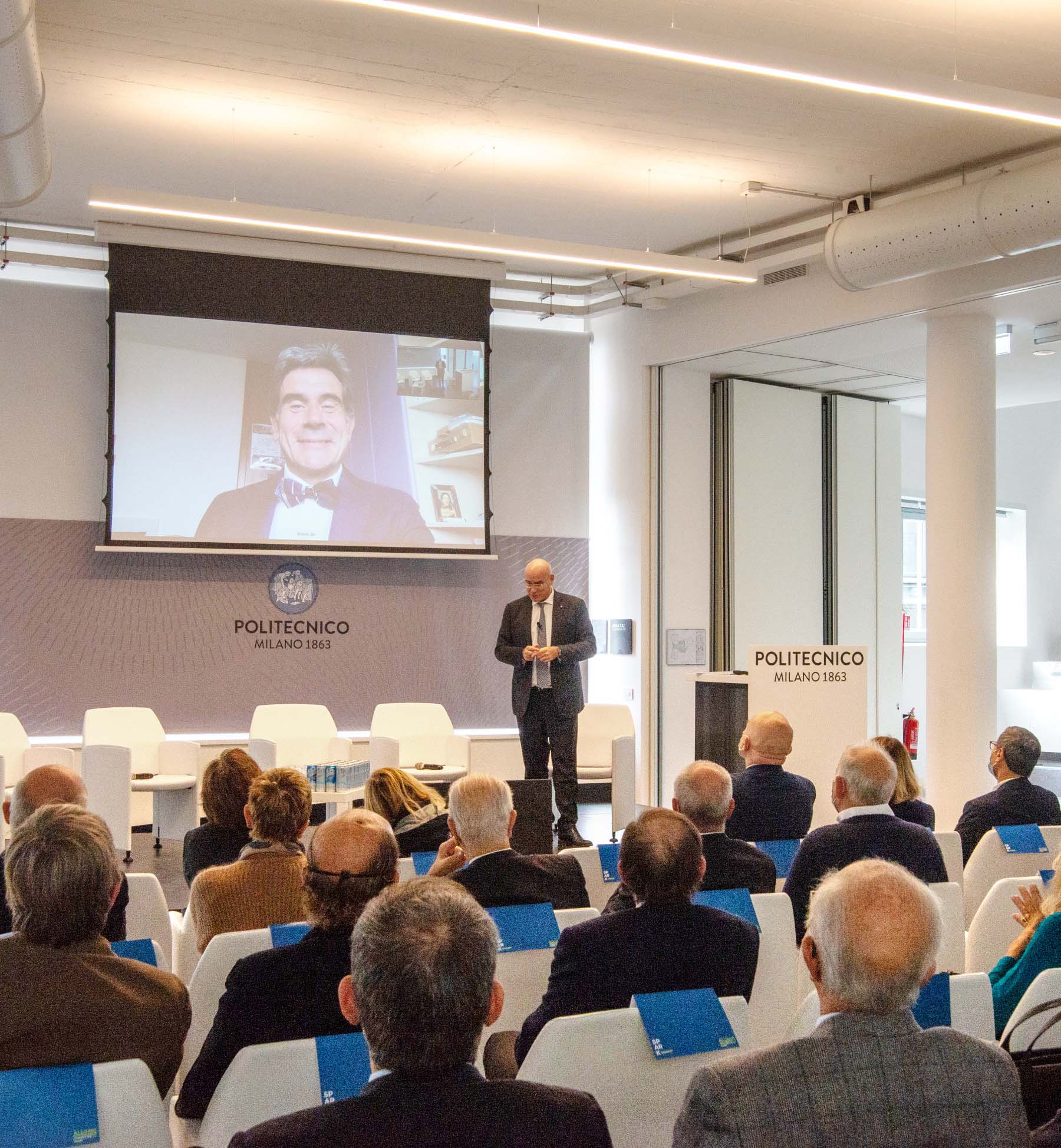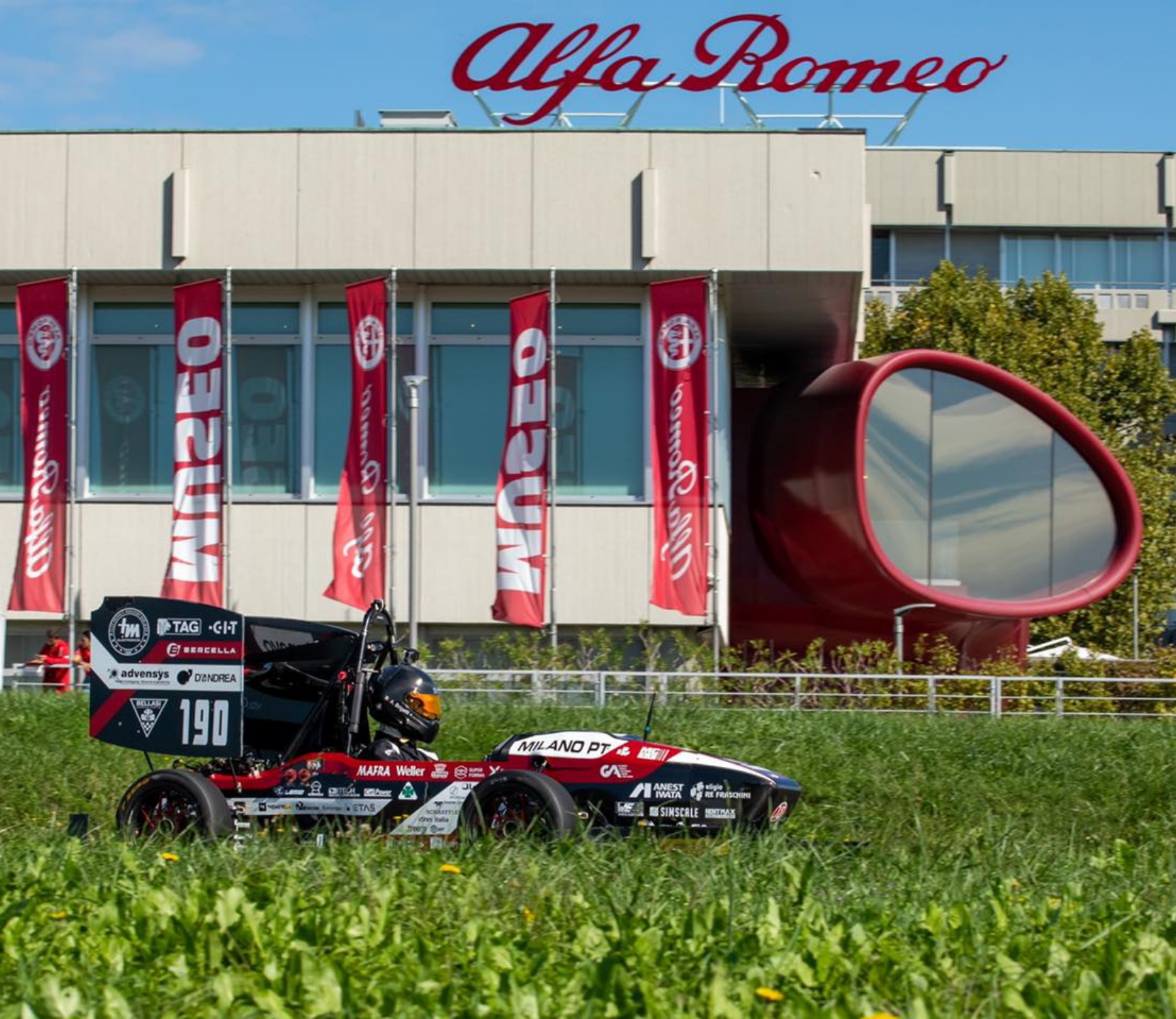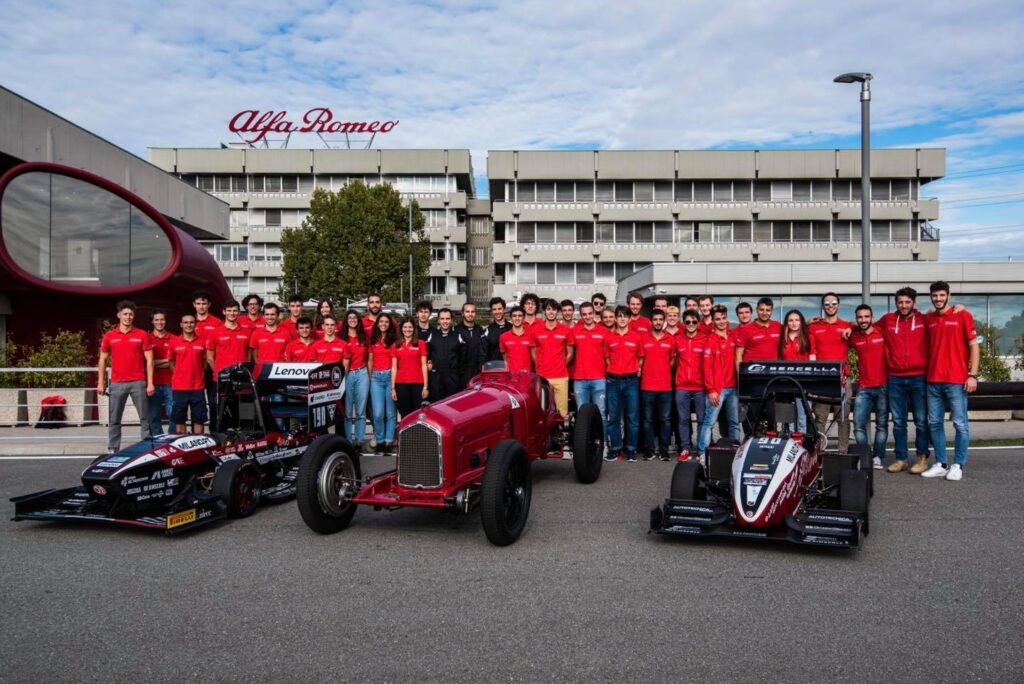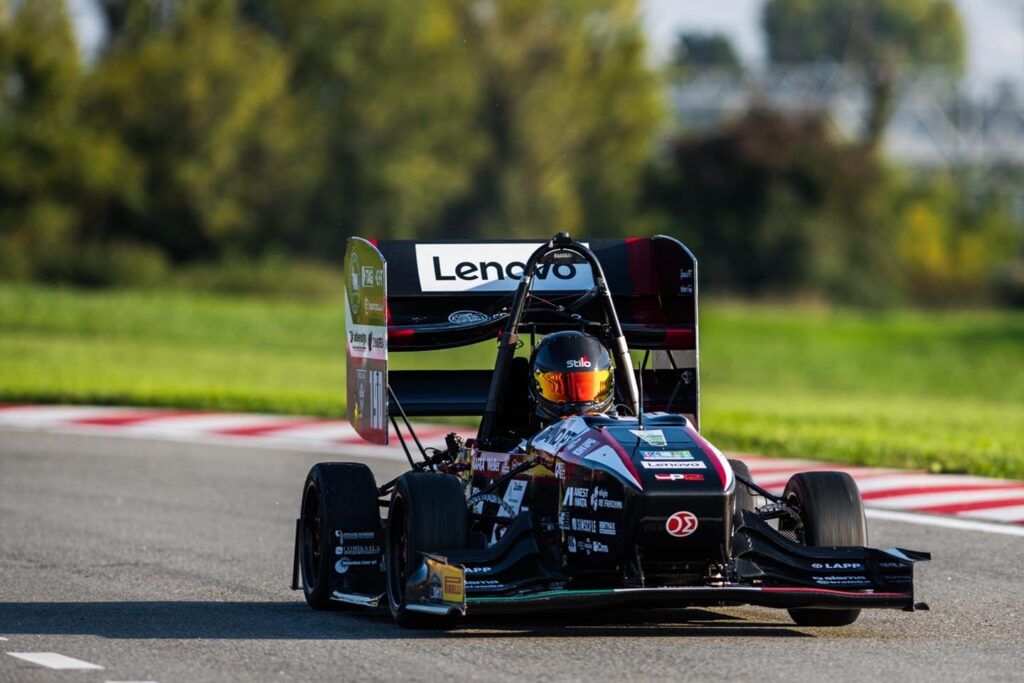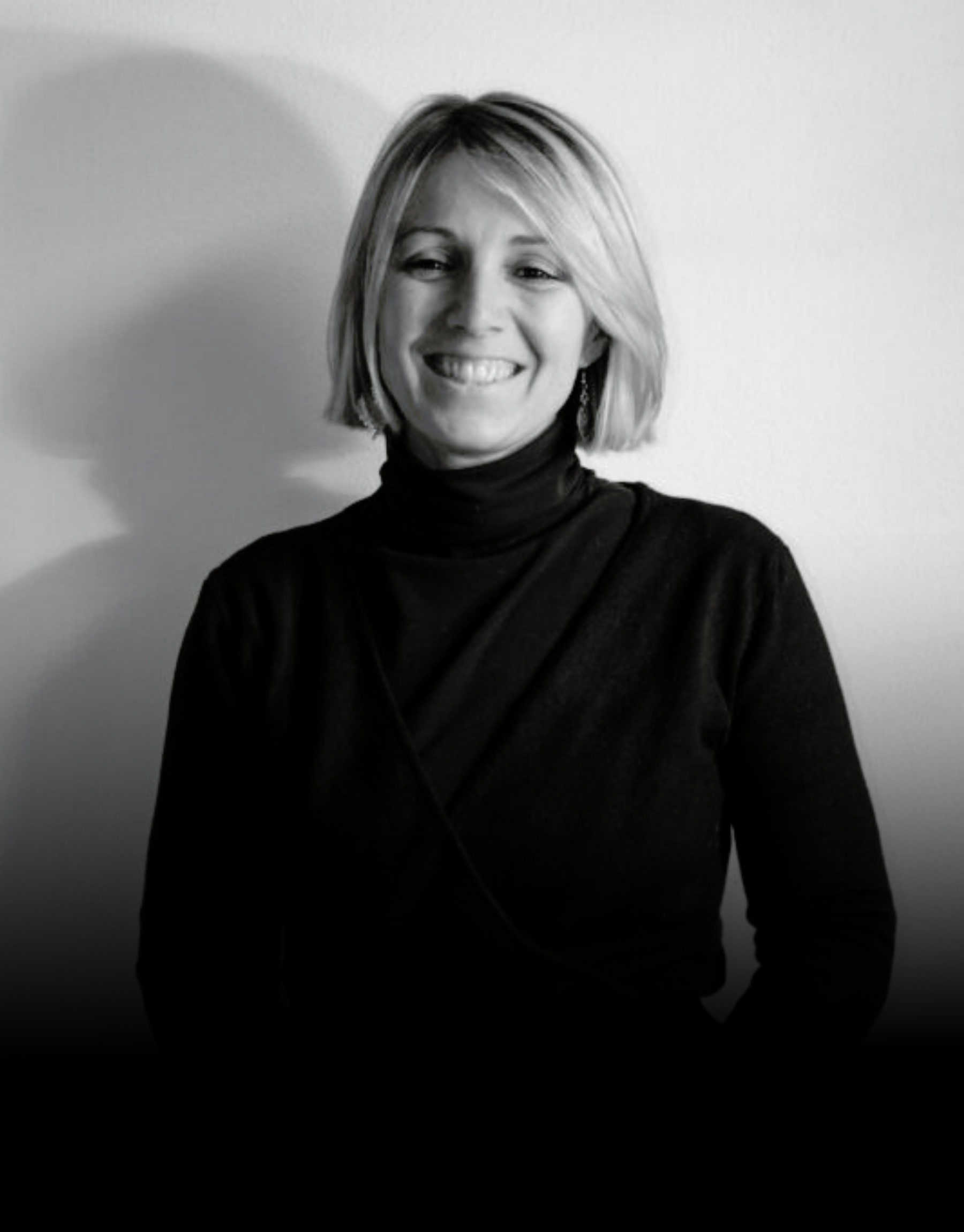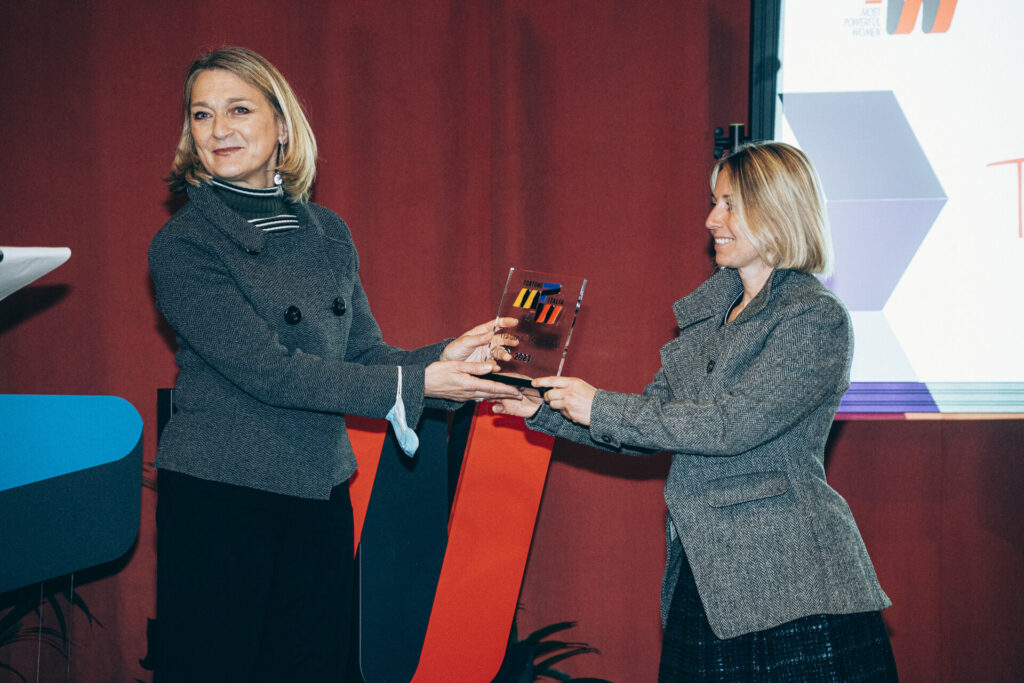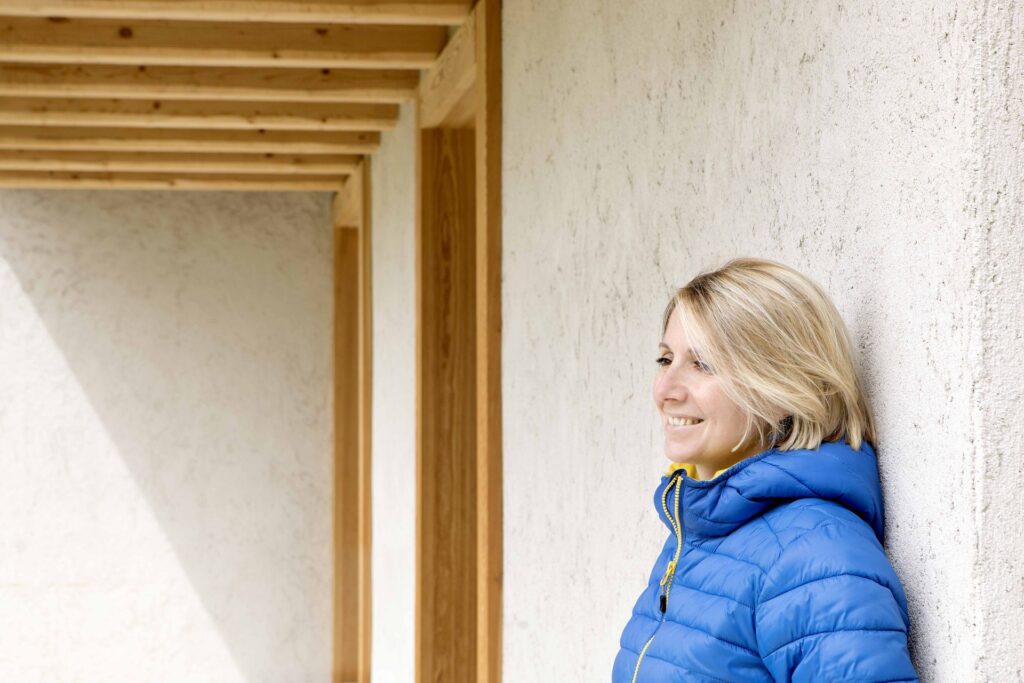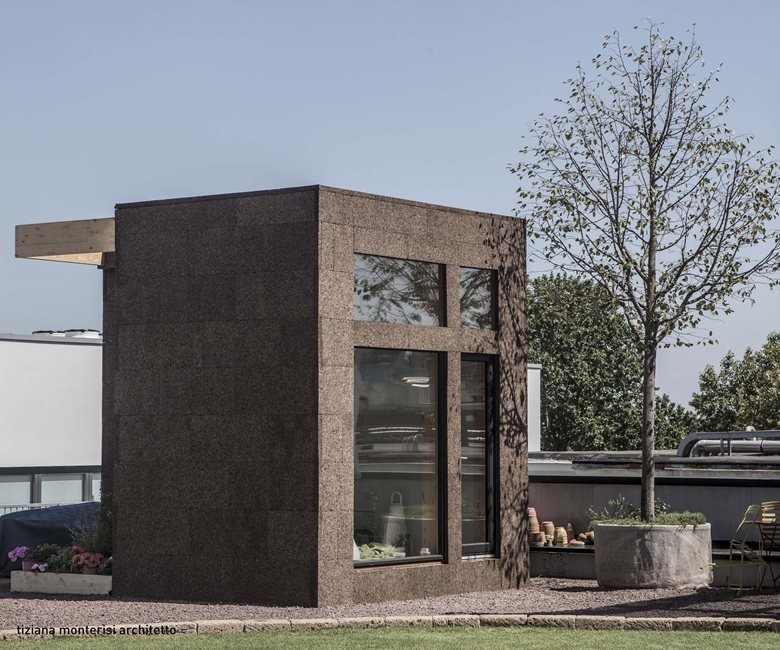At San Raffaele Hospital the innovative clinical trial for percutaneous mitral valve repair has begun, involving the use of a remote proctoring system - which is a remote support to doctors for either learning opportunities or assistance in the operating room - using the 5G network and augmented reality software .
The remote proctoring system was developed by Artiness, a spin off of Politecnico di Milano incubated by Polihub and founded in 2018 by researchers and professors from the Department of Electronics, information and bioengineering of our University (DEIB).
By winning the second Vodafone tender “Action for 5G” (more info on the tender on MAP 9, page 34), Artiness has managed to develop its proprietary solution that allows it to be supported by remote the first operator during the execution of percutaneous procedures, integrating patient-specific medical images and detailed 3D models viewable, through the use of viewers, by the medical team in form of holograms in Mixed Reality.
From its inception to today, Artiness has embarked on a path of experimentation with the software developed for the surgical field in collaboration with some hospitals, testing its clinical value.
“The technology we have developed will enter all operating rooms in the world" - says Filippo Piatti, CEO and co-founder of Artiness - "We are already seeing this with our collaborations and experiments and with the consensus it has aroused also from large companies such as Vodafone and Microsoft that through their programs will help us further to achieve our goals. Among these, we aim to become one of the major international players. "
HOW DOES ARTINESS WORKS?
Normally, proctoring takes place in the presence, with the support of experienced staff within the operating room. The remote proctoring system created by Artiness makes this support possible remotely thanks to software installed on two augmented reality viewers connected and managed on the edge computing architecture (MEC ) of the Vodafone 5G network.
During the execution of the clinical trial at San Raffaele, the remote proctoring system is available to the first operator in the operating room and to the proctor, which the medical device specialist, remotely. During the trial the proctor, thanks to the viewer, visualizes in augmented reality both the medical signals coming from the operating room and a 3D model of the patient's heart , created thanks to the Artiness software.
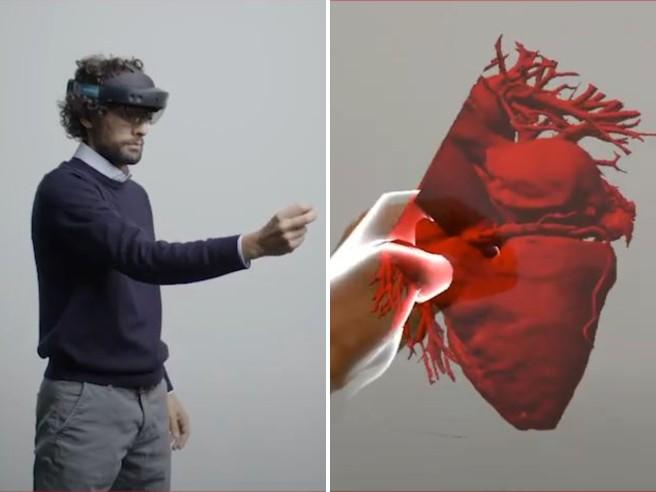
"In the clinical trial conducted at the San Raffaele Hospital, the Vodafone 5G network, edge computing and augmented reality are allowing the medical team to conduct real surgical interventions remotely - comments Sabrina Baggioni, director of the 5G program at Vodafone Italy -. 5G and technology are writing a new page in the history of medicine and healthcare: the future is increasingly within reach ".
Credits header: https://www.aziendeinformano.it/
Credits home: https://www.innovation-nation.it/


